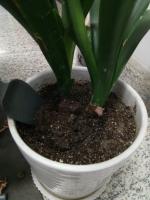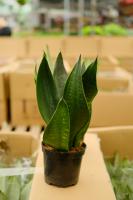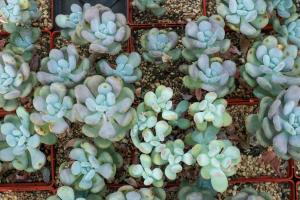Should You Plant Fruit Trees in Pairs?
When it comes to planting fruit trees, there are several factors to consider, including the choice of species, the location, and the planting techniques. However, one question that often comes up is whether you should plant fruit trees in pairs or single individuals. In this article, we will explore the benefits and drawbacks of planting fruit trees in pairs and provide some tips on how to do it successfully.
Advantages of Planting Fruit Trees in Pairs
There are several advantages to planting fruit trees in pairs. The most well-known benefit is improved pollination. By planting two or more trees of the same or compatible species together, you increase the chances of successful pollination and fruit set. This is particularly important for fruit trees that rely on cross-pollination, such as apples, pears, cherries, and plums.
Another advantage of planting fruit trees in pairs is better space utilization. By planting two or more trees close to each other, you can make the most of your available space and achieve a higher yield per square meter. In addition, planting two or more trees together can also provide some shade and wind protection, which can be beneficial for the trees and for other plants growing nearby.
Drawbacks of Planting Fruit Trees in Pairs
Despite the benefits, there are also some drawbacks to planting fruit trees in pairs. The most significant drawback is the risk of competition and overcrowding. If the trees are planted too close together, they may compete for limited resources, such as water, nutrients, and light. This can lead to stunted growth, poor fruit quality, and susceptibility to pests and diseases.
Another potential problem with planting fruit trees in pairs is the risk of cross-pollination with incompatible species. For instance, if you plant two different varieties of apples too close to each other, they may produce hybridized fruit that is not true to either variety. To avoid this, it is important to select compatible varieties and to plant them at the right distance and orientation.
How to Plant Fruit Trees in Pairs
If you decide to plant fruit trees in pairs, there are some tips and techniques to follow to ensure success. First, choose compatible species and varieties that bloom at the same time and can cross-pollinate each other. Some fruit trees that work well in pairs include apple, pear, cherry, plum, peach, and apricot.
Second, pay attention to the spacing and placement of the trees. The ideal distance between trees depends on the species, the rootstock, the soil type, and the weather conditions. In general, most fruit trees should be spaced about 3 to 5 meters apart, but some may require more or less distance. You should also plant the trees in a location that receives full sun, good drainage, and protection from strong winds and frost pockets.
Third, prepare the soil properly before planting. Fruit trees prefer well-drained, nutrient-rich soil with a pH between 6.0 and 7.0. If your soil is too acidic or alkaline, you may need to amend it with lime or sulfur. You should also remove any weeds, rocks, or debris from the planting site and loosen the soil to a depth of at least 30 centimeters.
Fourth, plant the trees correctly and provide adequate care. When planting fruit trees in pairs, you can either use the single-tree planting method or the double-row planting method. The single-tree method involves digging individual holes for each tree, while the double-row method involves digging a trench between two rows of trees and planting each tree in a staggered pattern. Regardless of the method, you should make sure to plant the trees at the right depth, water them regularly, mulch them with organic matter, and prune them annually to promote healthy growth and fruit production.
Conclusion
So, should you plant fruit trees in pairs? The answer is yes, but with some qualifications. Planting fruit trees in pairs can increase pollination, yield, and space utilization, but it can also lead to competition and cross-pollination with incompatible species. To maximize the benefits and minimize the risks, you should select compatible species, space the trees properly, prepare the soil well, and provide adequate care. By doing so, you can enjoy the fruits of your labor for many years to come.

 how many times do yo...
how many times do yo... how many planted tre...
how many planted tre... how many pine trees ...
how many pine trees ... how many pecan trees...
how many pecan trees... how many plants comp...
how many plants comp... how many plants can ...
how many plants can ... how many plants and ...
how many plants and ... how many pepper plan...
how many pepper plan...
































